Search the Special Collections and Archives Portal
Search Results
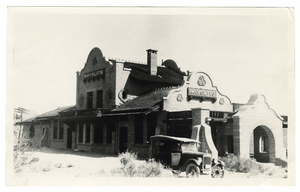
Photograph of the Rhyolite Depot for the Las Vegas and Tonopah Railroad, Rhyolite (Nev.), 1920
Date
Archival Collection
Description
Image
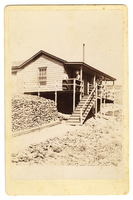
Photograph of the W. H. Shockley house at Pickhandle Gulch (Nev.), 1900-1925
Date
Archival Collection
Description
Image

Photograph of the Shockley home site at Pickhandle Gulch (Nev.), 1900-1925
Date
Archival Collection
Description
Image
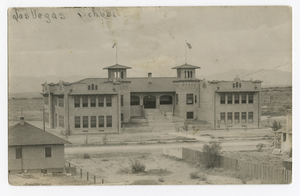
Photograph of Las Vegas School and surrounding area, Las Vegas (Nev.), 1910
Date
Archival Collection
Description
Image
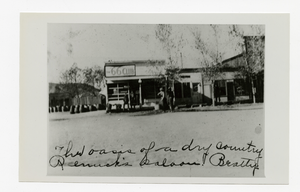
Photograph of Remick's Saloon and Club 66, Beatty (Nev.), early 1900s
Date
Archival Collection
Description
Site Name: The 66 Club (Beatty, Nev.)
Image

Photograph of the Knight General Merchandise, Goodsprings (Nev.), 1928
Date
Archival Collection
Description
Image
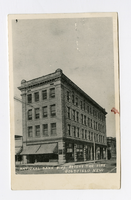
Photograph of the National Bank building, Goldfield (Nev.), 1900-1925
Archival Collection
Description
Image
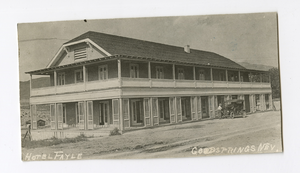
Photograph of an automobile outside the Hotel Fayle, Goodsprings (Nev.), 1900-1925
Archival Collection
Description
Image

Transcript of interview with Lee Cagley by Claytee D. White and Stefani Evans, August 08, 2016
Date
Archival Collection
Description
Lee Cagely, an interior designer and professor who designed some of the most iconic hotels in Las Vegas, Nevada, was born in the Panama Canal Zone on January 31, 1951. His father Leo was a civil engineer for the Panama Canal Company and his mother Charlotte worked as a receptionist. After his father left his job in Panama, Lee spent his childhood in Dallas, Texas; Tulsa, Oklahoma; and Des Moines, Iowa. He started to attend Rice University for architecture, but he chose to leave before completing his degree. He returned to college a few years later and graduated from Iowa State University with a degree in interior design in 1975. While his first California jobs were in restaurant design, he quickly moved on to airports and hotels and moved to Las Vegas in 1990 after associating with Marnell Architecture. Cagley is known for his designs in the Rio All-Suite Hotel and Casino, Ceasars Palace Atlantic City, the Mirage, and the Bellagio Resort & Casino. He is currently Chair of the Iowa State University College of Design and is principal designer for Lee Cagely Design. Here, Cagley explains the importance of keeping the various pieces of the infrastructure of a resort—including landscape architecture, architecture, interior design, all kinds of HVAC [heating, ventilation and air conditioning] concerns, housekeeping, food service, maintenance, etc.-invisible in order to maximize the visitor experience. At the same time he illustrates through several examples how resort design does not happen in a vacuum-it is instead part of a complex team that works together to create the whole. He also describes the challenges the Las Vegas resort industry finds in creating the very best visitor experience for a broad range of groups-from Millennials to their Boomer grandparents and all the generations in between.
Text
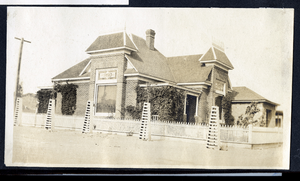
Photograph of a brick house, Goldfield (Nev.), 1900-1920
Date
Archival Collection
Description
Image
